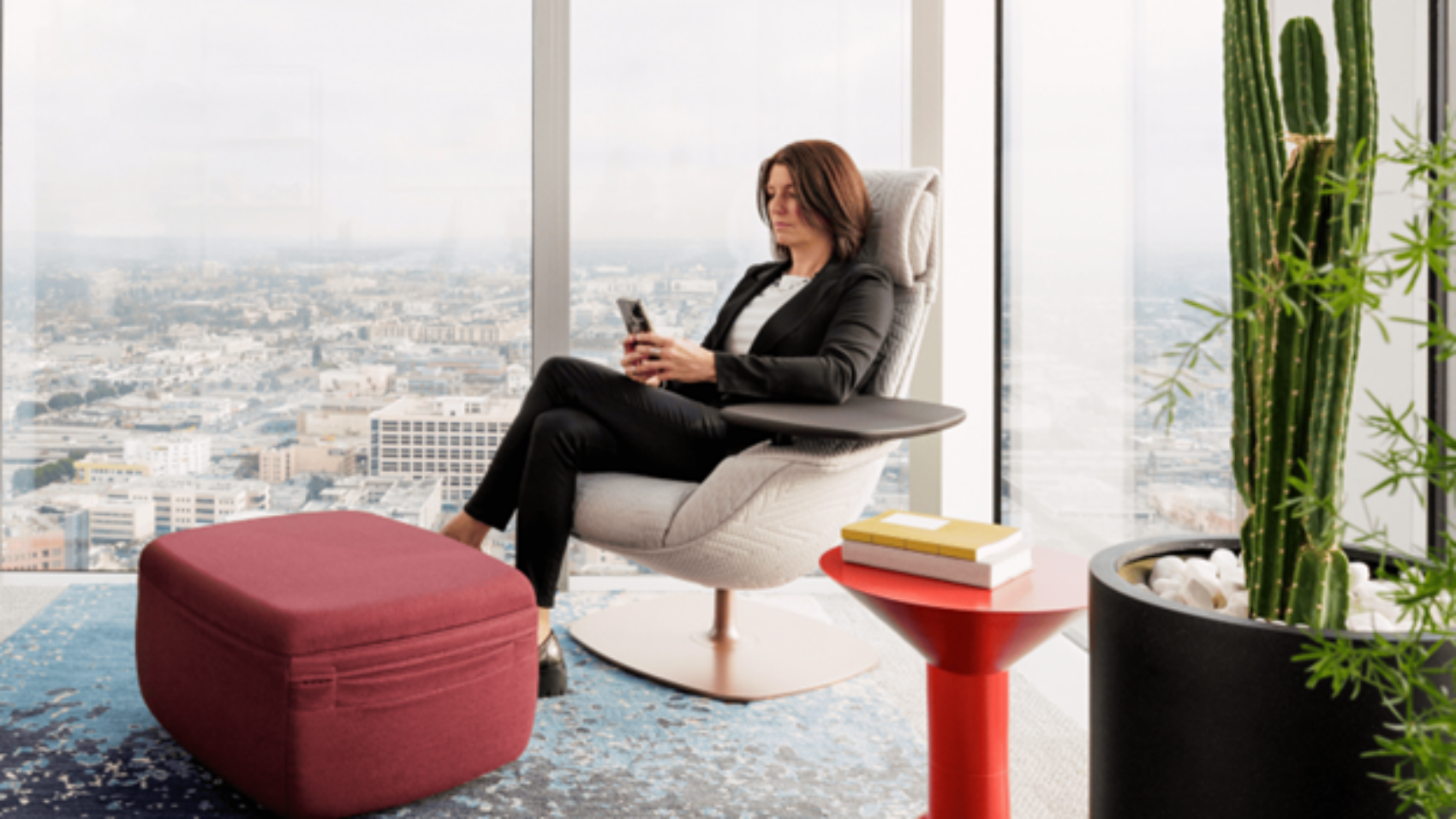1. People making more intentional decisions about when and why they go to the office expect a fundamentally new experience.
It’s not so much about where you work, but how you work. People want a new level of agency over their work experience, and while leaders can mandate where it happens – or not – the bigger opportunity lies in challenging assumptions and existing norms.
Workplaces need to adjust to this new reality. If they have the option, more people will make intentional decisions about why and when they go to the office. Leesman, an employee experience measurement firm, calls this “purposeful presence”.
This means employees will think about their reasons to go to the office – an important meeting, face time with the boss or to focus without the family around- rather than just going automatically. And while being together is important, employees are saying the single biggest problem with the office today is the lack of privacy to do individual work.
Some organizations are exploring new workplace approaches, some are staying with existing strategies while others are waiting for more people to return to the office or for hybrid work patterns to stabilize before making changes. Regardless of where you fall on this spectrum, people’s needs have changed, their work has changed, and they need a fundamentally new experience at work.
2. Over half of all meetings (56%) are spent on video.
People need hybrid collaboration spaces where both in-person and remote participants can participate fully, and individual spaces for video meetings where they can hear and not disturb others.

3. In the last year, there has been a 15% drop in assigned spaces.
Pre-pandemic, 88% of people had assigned workstations. Leaders indicate the reduction will continue. This shift challenges the current norms. Those norms include where people start their day, store their things and how they create a sense of belonging.

4. Employees are more empowered today.
People have new expectations about how and when they engage in their work. Whether they took part in the “Great Resignation,” “Quiet Quitting” or the “Great Relocation,” employees have a bigger voice about how and where work happens.

Receive our Newsletter
To receive our newsletter, including new editions of spaces and other digital content, fill out the form:



